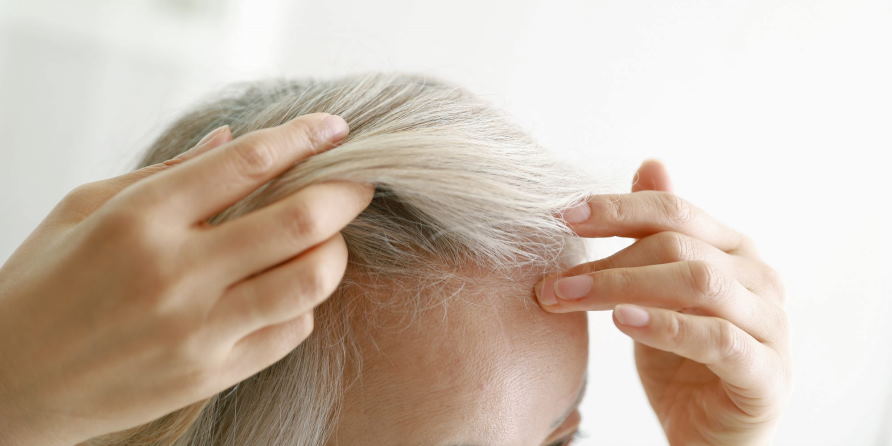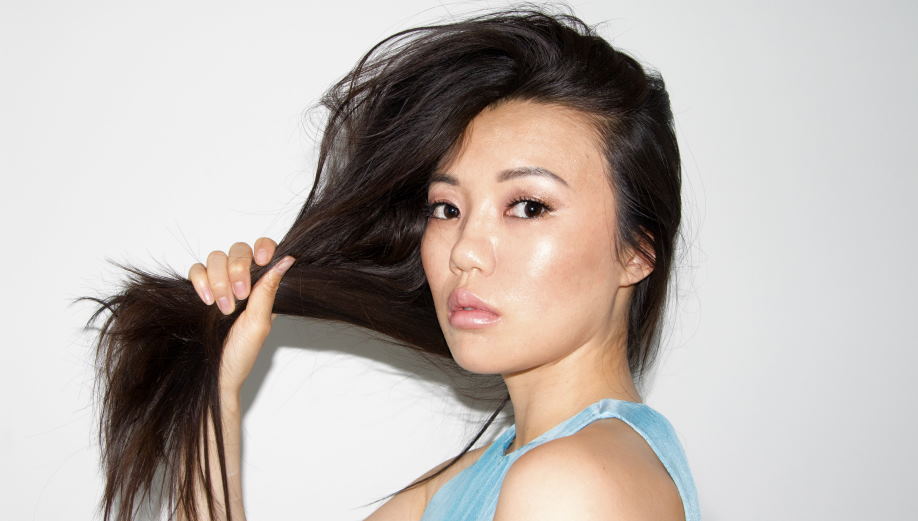Receding hairlines in women is a common problem. Approximately 40% of women will experience some hair loss by the time they reach menopause. While there are many causes of hair loss in women, the most common is androgenetic alopecia, also known as female pattern baldness. This condition is caused by hereditary factors and is characterized by thinning hair at the crown and temples. If you are experiencing hair loss, you can take steps to address the problem. Read on to learn more.
The top causes of receding hairlines in women
There are many potential causes of receding hairlines in women, from genetic factors to certain medical conditions, more see here. While pattern baldness is more commonly seen in men, it can also affect women. In some cases, a receding hairline may be the first sign of female pattern baldness. Other potential causes include alopecia areata (an autoimmune condition that attacks the hair follicles), iron deficiency anemia, thyroid problems, and lupus erythematosus (a chronic inflammatory disorder). Treatment for a receding hairline will vary depending on the underlying cause. If your doctor suspects female pattern baldness, they may prescribe medication such as minoxidil or finasteride. Iron deficiency anemia can be treated with iron supplements, while thyroid problems and lupus may require medication to manage the underlying condition. In some cases, surgery may be an option to restore hair growth.

How to treat receding hairlines in women
There are many options available to treat receding hairlines in women. Some of these options include:
- Minoxidil is a medication applied to the scalp and is effective in treating male and female baldness.
- Hair transplants: This option involves taking hair from another area of the head and grafting it onto the area of the head where there is hair loss.
- Platelet-rich plasma therapy involves taking blood from the patient and separating the platelets. The platelets are then injected into the scalp, releasing growth factors that stimulate hair growth.
- Low-level laser therapy uses low-level lasers to stimulate hair growth.
- Microneedling: This therapy involves using fine needles to create tiny punctures in the skin. This stimulates the release of growth factors and can promote hair growth.
- Diet and lifestyle changes: Making changes to your diet and lifestyle can help to improve the health of your hair and scalp and can also help to reduce stress levels, which can impact hair loss.
- Stress management: Managing stress levels can help reduce hair loss. This can be done through relaxation techniques such as yoga, meditation, or counseling.
- Hair care: Taking good care of your hair can help to prevent further hair loss. This includes using gentle shampoos and conditioners, avoiding heat styling, and protecting your hair from the sun.

- Medical treatments: If other treatments are not effective, there are medical treatments that can be used to treat female pattern baldness. These include oral medications such as finasteride or minoxidil or injectable medications such as corticosteroids.
- Surgery: In some cases, surgery may be recommended to treat female pattern baldness. This can involve procedures such as scalp reduction or hair transplantation.
- Hairpieces, such as wigs or extensions, can be used to cover up hair loss.
- Camouflage: There are products available that can help to camouflage hair loss. These include sprays, powders, and fibers that can be applied to the scalp to create the appearance of thicker hair.
- Scalp tattoos: Scalp tattoos are a newer option for treating hair loss. This involves tattooing pigment onto the scalp to create the appearance of thicker hair.
- Platelet-rich plasma therapy: This therapy involves taking blood from the patient and then separating the platelets. The platelets are then injected into the scalp, releasing growth factors that stimulate hair growth.
- Microneedling: This therapy involves using fine needles to create tiny punctures in the skin. This stimulates the release of growth factors and can promote hair growth.
- Diet and lifestyle changes: Making changes to your diet and lifestyle can help to improve the health of your hair and scalp and can also help to reduce stress levels, which can impact hair loss.
- Stress management: Managing stress levels can help reduce hair loss. This can be done through relaxation techniques such as yoga, meditation, or counseling.
